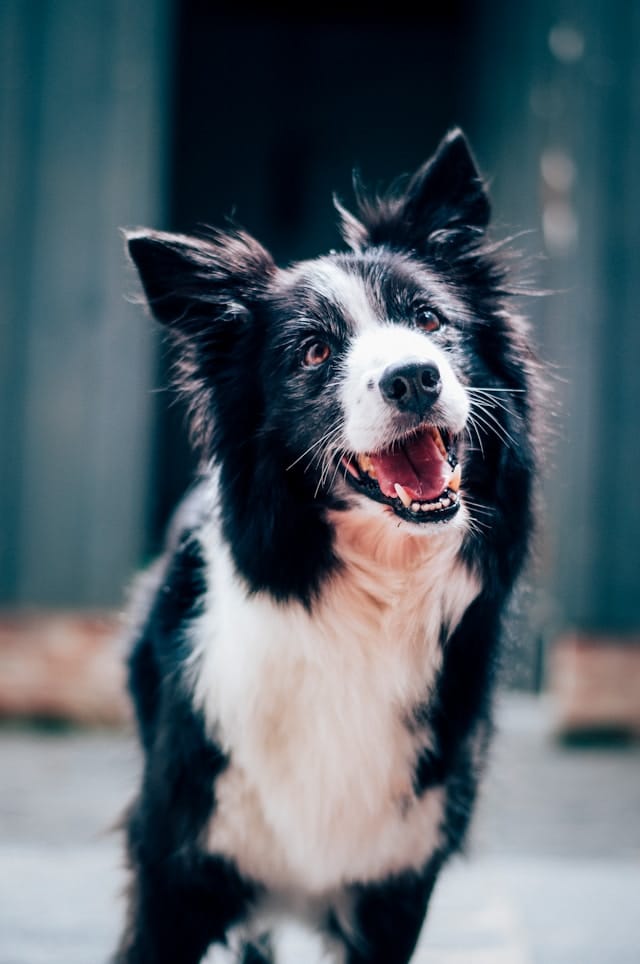What’s the Best Technique for Crate Training a Rescue Dog with Anxiety?

Dogs are loyal companions that fill our lives with joy. But sometimes, our furry friends may come with challenging behaviors, especially when dealing with rescue dogs. One such challenge is separation anxiety. A technique that can help these pet companions is crate training. Crate training a rescue dog with anxiety may seem like an uphill task, but with the right techniques, your dog will embrace the crate as a safe space in no time.
Understanding Separation Anxiety in Rescue Dogs
Before we delve into the topic of crate training, let’s take a moment to understand separation anxiety in rescue dogs. Separation anxiety is a state of stress and panic that a dog experiences when left alone. Rescue dogs are particularly susceptible to this condition, often arising from past traumas or abandonment issues.
Cela peut vous intéresser : How to Provide Mental Stimulation for a Blind Dog?
Separation anxiety can manifest in various ways such as excessive barking, destructive behavior, or attempts to escape. While it can be distressing to see your pet go through this, understanding that it’s a mechanism for coping with fear and stress can make the situation a bit more bearable.
The Role of a Crate in a Dog’s Life
A crate can have a significant role in a dog’s life. Dogs are den animals by nature, meaning they seek out small, enclosed spaces for safety and comfort. A crate mimics this environment, providing a safe and comfortable space for your pet.
Lire également : How to Choose the Right Type of Toy for a Dog Prone to Destructive Chewing?
Training your dog to see the crate as their sanctuary, rather than a confinement space, is the key. When done correctly, your anxious rescue dog will view the crate as their safe haven. It’s crucial to remember that the crate should never be used as a form of punishment. This will cause the dog to associate the crate with negative experiences, which can exacerbate anxiety.
Crate Training Techniques for Rescue Dogs with Anxiety
There are several crate training techniques you can adopt for your rescue dog with anxiety. Patience is key, as it can take time for your dog to adjust to the crate. Remember, the goal is to create a positive association with the crate. Here’s how you can achieve that:
Positive Association
Begin by leaving the crate door open and placing treats or toys inside. This entices the dog to explore the crate of their own accord.
Gradual Introduction
Don’t rush the process. Let your dog explore the crate at their own pace. Once they are comfortable entering the crate, you can start to leave them in it for short periods, slowly lengthening the time.
Feeding Time
Feed your dog meals inside the crate. This creates a positive association with the crate and helps to reduce anxiety.
Avoid Force
Never force your dog into the crate. This will only increase their anxiety levels and create a negative association with the crate.
Managing Separation Anxiety Alongside Crate Training
While crate training is an effective tool, managing your rescue dog’s separation anxiety should also be a top priority. This is a multi-faceted approach that should include exercise, mental stimulation, and possibly even professional help.
Exercise and Mental Stimulation
A well-exercised dog is a happy dog. Regular physical and mental stimulation can help to reduce anxiety. Incorporate exercises and mental stimulation games into your daily routine.
Professional Help
In some cases, your rescue dog’s separation anxiety may be severe enough to require professional intervention. A qualified animal behaviorist can provide techniques and strategies to help manage the anxiety.
Remember, crate training a rescue dog with anxiety is not a one-size-fits-all process. It requires patience, understanding, and consistency. But with time and the right technique, your rescue dog will come to see the crate as their safe haven, providing them comfort when you’re not around.
Building Trust: A Key Component in Crate Training
Establishing trust is a core component of crate training a rescue dog with separation anxiety. A rescue dog may have had negative experiences in their past, making it harder for them to trust humans and new environments. Thus, taking the time to build trust is crucial.
When you bring home a rescue dog, ensure you present the crate in a positive way from the start. This means placing the crate in a quiet and comfortable area in your home. Put soft blankets and your dog’s favorite toys inside the crate, essentially making it a cozy retreat.
Patience is the keyword here. Let your dog explore the crate on their own terms. Do not rush or force them to get inside the crate. Instead, use positive reinforcement techniques, like praising your dog or giving them treats every time they step inside the crate. This will help your dog associate the crate with good experiences and rewards.
To further build trust, you can sit near the crate while your dog is inside, gently talking or reading to them. This can make your dog feel safer and more at ease.
You could also practice closing the crate door for brief periods while you are home. Start with a few seconds and gradually increase the duration. Always ensure to reward and praise your dog during these training sessions.
The Importance of Consistency in Crate Training
Being consistent is essential when crate training a rescue dog with anxiety. Dogs are creatures of habit and they thrive on routine. By being consistent, you are communicating to your dog that they can trust you and the routine you have established.
Implement a routine by feeding your dog in the crate, encouraging sleep in the crate and providing toys that are only available when they are in the crate. This not only helps associate the crate with positive experiences, but also establishes a routine that your dog can rely on.
However, consistency doesn’t mean rigidity. Be flexible and attentive to your dog’s needs. If your dog seems particularly anxious one day, it might be better to have a shorter crate time. The key is to make the experience positive and stress-free for your dog.
Conclusion: The Journey of Crate Training a Rescue Dog with Anxiety
Crate training a rescue dog with separation anxiety is indeed a journey that requires compassion, patience, and consistency. While it may seem daunting at first, remember that each step you take is helping your furry friend feel safer and more comfortable in their new home.
A well-executed crate training process can provide a secure sanctuary for your dog, significantly reducing their anxiety levels. It can also offer you peace of mind, knowing that your pet is safe and comfortable when you’re not around.
Keep in mind, every dog is unique and may respond differently to crate training techniques. It’s all about finding an approach that works best for your dog, and proceeding at a pace that is comfortable for both of you. And of course, don’t hesitate to seek professional help if you find your rescue dog’s anxiety to be severe.
With perseverance, understanding, and love, your rescue dog will eventually view the crate not as a restriction, but as a haven of security and comfort.
